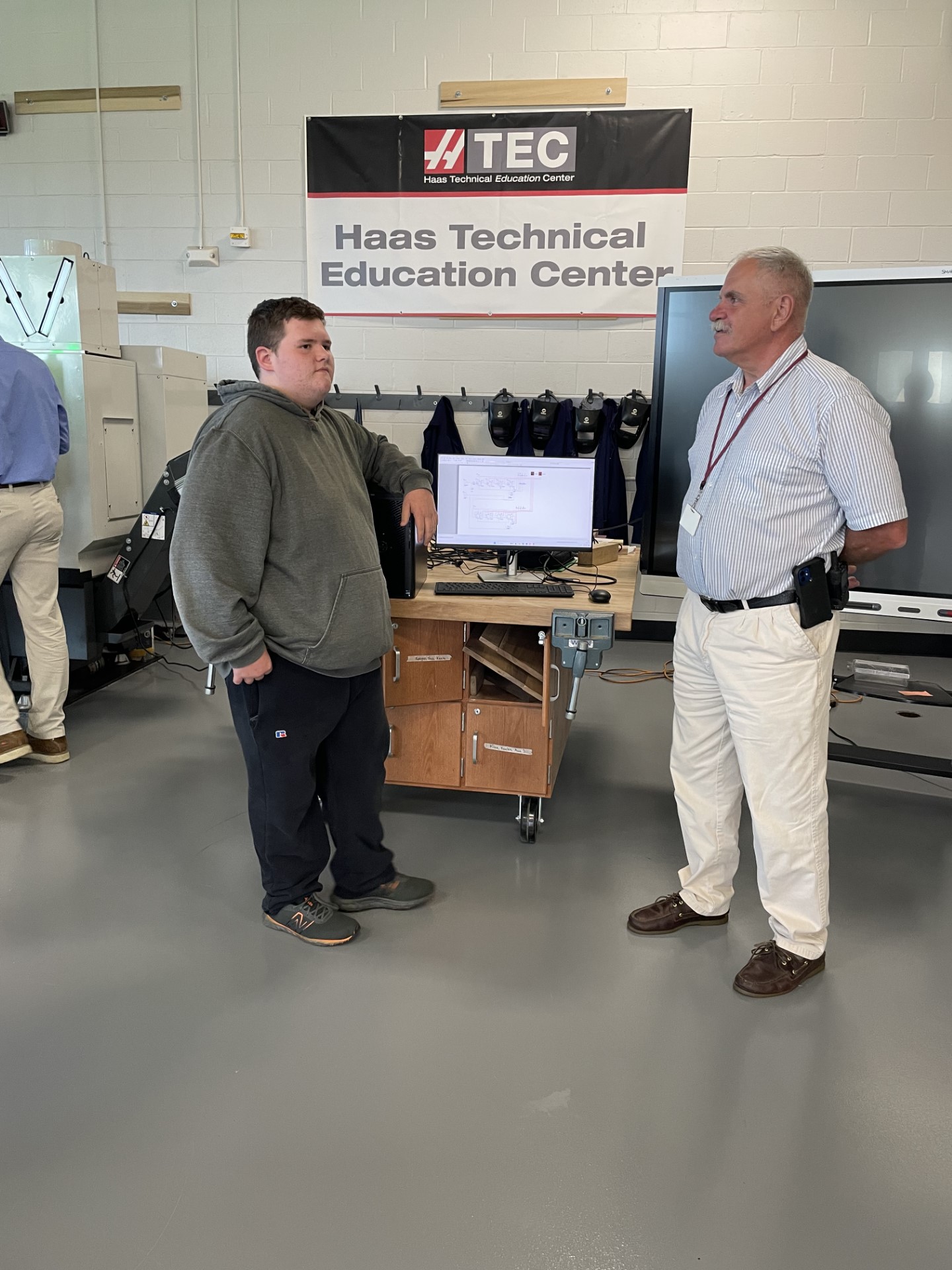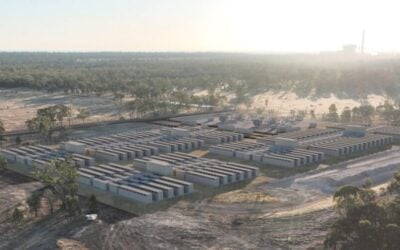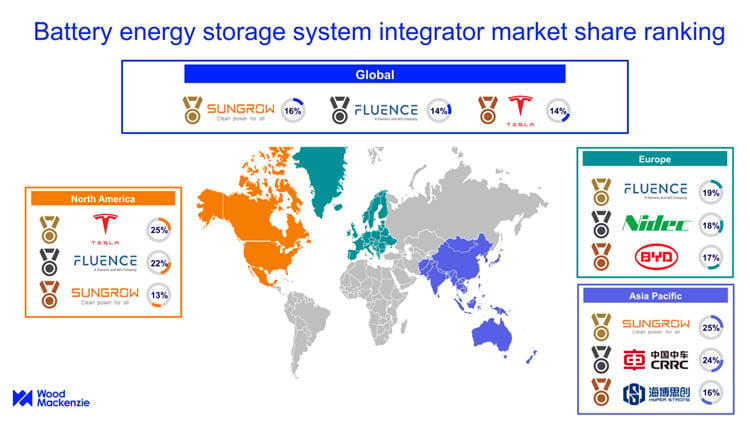Report on the Expansion of Fairfax County’s Environmental Programs
Fairfax County has expanded its Charge Up Fairfax program, broadening eligibility to include nonprofit organizations and places of worship. This initiative, originally launched in 2023 for homeowner and condominium associations, is designed to increase the availability of electric vehicle (EV) charging stations. The expansion represents a strategic effort to advance the county’s environmental, equity, and sustainability objectives, with a significant focus on achieving the United Nations Sustainable Development Goals (SDGs).
Alignment with Sustainable Development Goals (SDGs)
The Charge Up Fairfax and the Energy Conservation Assistance Program (ECAP) are instrumental in advancing Fairfax County’s commitment to global sustainability targets. These initiatives directly contribute to the following SDGs:
- SDG 7 (Affordable and Clean Energy): The programs promote the adoption of clean energy technologies by providing financial and technical support for EV charging infrastructure and energy efficiency upgrades, making sustainable energy solutions more accessible.
- SDG 11 (Sustainable Cities and Communities): By investing in sustainable transport infrastructure and improving the energy efficiency of community buildings, these programs enhance urban sustainability, improve air quality, and create more resilient communities.
- SDG 13 (Climate Action): A primary objective is to combat climate change by reducing greenhouse gas emissions. This is achieved by encouraging the transition to electric vehicles, which have zero tailpipe emissions, and by promoting energy conservation.
- SDG 10 (Reduced Inequalities): The programs incorporate a distinct equity policy, providing increased levels of grant funding to organizations located in areas identified as having high or very high vulnerability, ensuring a just transition to a green economy.
- SDG 3 (Good Health and Well-being): By supporting the shift to EVs, the programs contribute to reducing harmful air pollutants, thereby improving public health and community well-being.
- SDG 9 (Industry, Innovation, and Infrastructure): The development of a robust EV charging network constitutes an upgrade to regional infrastructure, fostering innovation and building a foundation for future sustainable technologies.
Program Components and Benefits
Charge Up Fairfax Initiative
The program provides technical guidance and financial assistance to facilitate the installation of Level 2 EV chargers. Key benefits for participating organizations include:
- Financial Assistance: Reimbursement grants are available to reduce the capital cost of EV charger installation projects.
- Technical Support: The county funds site assessments by professional engineers to provide expert guidance on project feasibility, planning, and execution.
- Customized Implementation Models: Participants may select from several options to meet their specific needs, including a grant-only model, a full-service program, or coordination with Dominion Energy’s Level 2 EV Charging Program.
- Enhanced Community Amenities: The installation of EV charging stations serves as a valuable amenity, increasing property appeal for current and prospective residents.
Energy Conservation Assistance Program (ECAP)
ECAP complements the Charge Up Fairfax initiative by supporting a broader range of sustainability projects for common-interest organizations, nonprofits, and places of worship. The program provides financial support and expert guidance for energy-saving upgrades, renewable energy installations, and environmental resiliency improvements.
Performance Metrics and Program Success
Charge Up Fairfax Progress
Since its inception, the program has demonstrated positive engagement and results:
- 16 communities have participated in the program.
- 5 communities have successfully completed EV charging station installations.
Energy Conservation Assistance Program Milestones
ECAP has achieved significant results in promoting energy efficiency across the county:
- Over $1 million has been invested in community energy efficiency upgrades.
- County reimbursement grants have covered approximately 20% of these total project costs.
- Approximately 22% of all projects have been implemented in high or very high vulnerability areas, directly supporting the county’s equity goals and SDG 10.
- Ten new projects have been approved for Fiscal Year 2025, with upgrades including insulation, LED lighting, heat pump installations, and smart thermostats.
Application and Procedural Information
How to Apply
Eligible organizations are encouraged to apply for both programs. The application process is structured to be accessible and ongoing.
- Applications for both Charge Up Fairfax and the Energy Conservation Assistance Program are accepted on a rolling basis.
- To qualify for reimbursement under the Energy Conservation Assistance Program, projects must be approved by the county prior to purchase or completion.
- Further information, including detailed eligibility requirements and application forms, is available on the official program websites. Inquiries can be directed to oeecinfo@fairfaxcounty.gov.
SDGs Addressed or Connected to the Issues Highlighted in the Article
- SDG 7: Affordable and Clean Energy
- SDG 10: Reduced Inequalities
- SDG 11: Sustainable Cities and Communities
- SDG 13: Climate Action
Specific Targets Under Those SDGs Identified Based on the Article’s Content
-
SDG 7: Affordable and Clean Energy
- Target 7.2: By 2030, increase substantially the share of renewable energy in the global energy mix.
- The article mentions that the Energy Conservation Assistance Program helps organizations with “renewable energy installations,” directly contributing to this target.
- Target 7.3: By 2030, double the global rate of improvement in energy efficiency.
- The Energy Conservation Assistance Program is highlighted for investing over $1 million in “community energy efficiency upgrades,” including “insulation, LED lighting, heat pump installations and smart thermostats,” which are direct measures to improve energy efficiency.
- Target 7.a: By 2030, enhance international cooperation to facilitate access to clean energy research and technology… and promote investment in energy infrastructure and clean energy technology.
- The “Charge Up Fairfax” program, by providing technical guidance and financial assistance, directly promotes investment in clean energy infrastructure (EV charging stations) at the local level.
- Target 7.2: By 2030, increase substantially the share of renewable energy in the global energy mix.
-
SDG 10: Reduced Inequalities
- Target 10.2: By 2030, empower and promote the social, economic and political inclusion of all…
- The article explicitly states that the program supports the county’s equity policy by “providing additional levels of funding to organizations in high or very high vulnerability areas.” This action directly promotes the inclusion of economically disadvantaged communities by ensuring they have access to the benefits of clean energy and transportation.
- Target 10.2: By 2030, empower and promote the social, economic and political inclusion of all…
-
SDG 11: Sustainable Cities and Communities
- Target 11.2: By 2030, provide access to safe, affordable, accessible and sustainable transport systems for all…
- By expanding the infrastructure for electric vehicles through the “Charge Up Fairfax” program, the county is facilitating the transition to a more sustainable transport system. The program makes this infrastructure more accessible to residents in common-interest communities, nonprofits, and places of worship.
- Target 11.6: By 2030, reduce the adverse per capita environmental impact of cities, including by paying special attention to air quality…
- A key benefit of the program listed in the article is “Cleaner Air.” It states that supporting the transition to electric vehicles, which have “zero tailpipe emissions,” improves “air quality and reducing greenhouse gas emissions in the community,” directly addressing the goal of reducing the negative environmental impact of the city.
- Target 11.2: By 2030, provide access to safe, affordable, accessible and sustainable transport systems for all…
-
SDG 13: Climate Action
- Target 13.2: Integrate climate change measures into national policies, strategies and planning.
- The article demonstrates this target at a local level. It notes that the program supports the “county’s strategic goal to improve the environment by reducing greenhouse gas emissions.” This shows the integration of climate action (promoting EVs to cut emissions) into the county’s official strategic planning.
- Target 13.2: Integrate climate change measures into national policies, strategies and planning.
Indicators Mentioned or Implied in the Article to Measure Progress
-
SDG 7: Affordable and Clean Energy
- Indicator: Total investment in energy efficiency and renewable energy projects.
- The article states, “More than $1 million has been invested in community energy efficiency upgrades.”
- Indicator: Number of energy efficiency projects implemented.
- The article mentions, “Ten new projects have been approved for FY 2025.”
- Indicator: Total investment in energy efficiency and renewable energy projects.
-
SDG 10: Reduced Inequalities
- Indicator: Proportion of projects benefiting vulnerable populations.
- The article provides a specific metric: “About 22% of projects are in high or very high vulnerability areas, advancing the county’s equity goals.”
- Indicator: Proportion of projects benefiting vulnerable populations.
-
SDG 11: Sustainable Cities and Communities
- Indicator: Number of publicly accessible EV charging stations installed.
- The article notes that since the program’s inception, “five successfully completing EV charging station installations.”
- Indicator: Number of electric vehicles registered.
- This is mentioned as part of the “county’s strategic goal… increasing the numbers of electric vehicles registered in the county.”
- Indicator: Number of publicly accessible EV charging stations installed.
-
SDG 13: Climate Action
- Indicator: Reduction in greenhouse gas emissions.
- While not quantified, the article states a primary goal and benefit is “reducing greenhouse gas emissions in the community.” Progress would be measured by tracking these emissions over time.
- Indicator: Reduction in greenhouse gas emissions.
Summary Table
| SDGs | Targets | Indicators |
|---|---|---|
| SDG 7: Affordable and Clean Energy |
|
|
| SDG 10: Reduced Inequalities |
|
|
| SDG 11: Sustainable Cities and Communities |
|
|
| SDG 13: Climate Action |
|
|
Source: fairfaxcounty.gov







